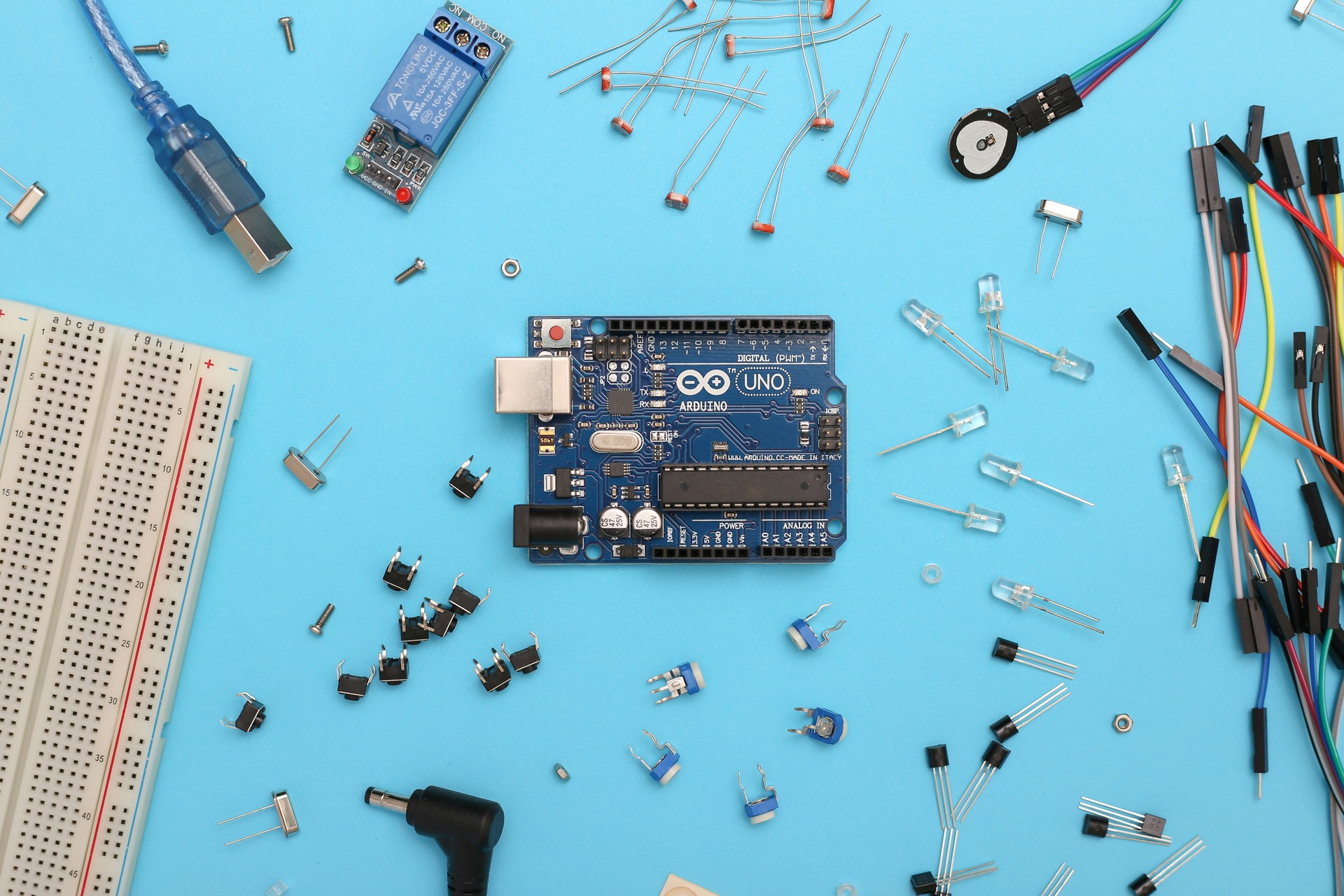It is no longer a given that tomorrow’s Earth will be able to provide the basic needs of all her people. Hunger and hardship have always been with us. But the key to wiping them out for good — rather than watching them get worse — lies in making human industrialization far more sustainable than it is today. It requires cutting-edge food technology and biotechnology.
This mission must begin with making our most essential industries leaner, more efficient and far less wasteful. For the all-important agricultural sector, answering this call will involve harnessing impressive tech. Food technology and biotechnology are a match made in culinary heaven.
Here’s a look at why and how.
Improving Crop Yield and Resilience
If we want to feed the world’s population of billions in the coming years, we need to start at the beginning of the supply chain. That means small farmers and larger agricultural businesses alike must embrace biotechnology as a means of improving crop yield and reducing the necessity of products like herbicides and pesticides.
The idea of companies patenting genes and organisms may leave a bad taste in your mouth, but the science behind genetically modified organisms (GMOs) is both dependable and safe.
Crops enhanced with biotechnology — including genetic manipulation — benefit from improved nutritional profiles, resisting pests and disease better than conventional produce.
Overall, these crops are better able to withstand environmental deficiencies and require fewer resources to grow — including smaller tracts of farmland, less water and fewer chemical additives.
Reducing Carbon Emissions and Protecting Soil Health
Reducing the volume of synthetic fertilizers and pesticides manufactured, stored and distributed throughout the world is a worthy goal on its own.
For sustainability’s sake, it’s crucial to reduce and eliminate as many products from the supply chain as possible. Doing so can help us shrink the environmental footprint required to feed Earth’s inhabitants.
The Food and Agriculture Organization (FAO) of the United Nations estimates the greenhouse gas footprint for nitrogen-based fertilizers alone is 410 Tg of CO2 equivalent per year or nearly 1% of total global GHG emissions.
Some 61% of GHG emissions attributable to the production of corn crops can be traced to carbon dioxide and nitrous oxide (N2O). Nitrous oxide is almost 300 times more harmful than carbon dioxide and is a byproduct of treating crops with synthetic fertilizers.
Food technology and biotechnology can converge in the name of protecting soil health, too. Scientists began sounding the warning years ago that planet Earth has only a few decades of healthy, farmable topsoil left unless we dramatically change our approach to farming and food production.
Agriculture-based technologies can help us address this issue:
- Bioengineered crops require less farmland to grow. This factor helps us use and rotate land more effectively and decreases the amount of deforestation caused to clear new agricultural fields.
- Healthy topsoil filters water and absorbs carbon dioxide. Improving soil management could sequester 1.85 gigatons of carbon each year, which is the equivalent of the entire GHG profile of the transportation industry.
Fortifying Foods With Added Nutritional Content
Micronutrients are vitamins and minerals — including iron, zinc, vitamin A and many others — the human body cannot operate without, much less at peak capabilities.
Biotechnology provides the methods with which we can fortify dietary staples, such as rice, with nutritional content they wouldn’t have offered otherwise or only contained in trace amounts. One of the best-known early examples was “Golden Rice I” (GRI), which scientists fortified with provitamins by expressing select genes in rice and another gene from the common daffodil.
Later still, scientists substituted maize genes for daffodil genes to create “Golden Rice II.” The Philippines became the first country in Asia to approve this biotech product for direct use by consumers.
There are several good sustainability-related reasons for doing so. It is common for citizens in the Philippines to experience vitamin A deficiencies. This phenomenon is a problem scientists have imperfectly solved since the 1990s with the manufacture and distribution of large amounts of vitamin supplements.
Using biotechnology to improve the nutritional profiles of food crops means reducing our collective dependence on dietary supplements. Biotech can help us meet our daily nutritional requirements — especially micronutrients — while producing and consuming fewer products.
A Sustainable Future Begins With Food Technology and Biotechnology
With these and other biotechnologies, the food industry of tomorrow will be in a far better position to meet the needs of the populace without stretching our resources to the breaking point.
Biotechnology unnecessarily sets some peoples’ teeth on edge thanks to poor research and scare campaigns about GMOs.
But it’s also one of the most examined and peer-reviewed branches of tech in the world today. Day by day, it’s also becoming one of the sectors most critical to our survival.
Recent Stories
Follow Us On
Get the latest tech stories and news in seconds!
Sign up for our newsletter below to receive updates about technology trends




